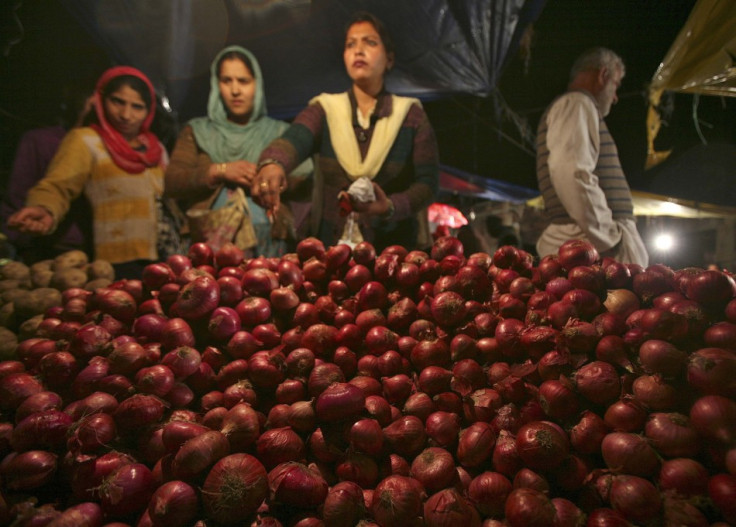India Inflation Slips to Three-Year Low in January
Food inflation remains at high levels

India's inflation rate has declined to a three-year low in January, easing pressure on the central bank to go for further rate cuts to overcome the persistent weakness in the economy and spur growth.
The Wholesale Price Index (WPI) which measures change in the price of goods sold by wholesalers eased to 6.62 percent in January compared to a 7.18 percent rise in December, according to data released by the Ministry of Commerce and Industry. Economists expected an inflation rate of 7.00 percent.
The Reserve Bank of India (RBI) had projected inflation to be around 6.8 percent by the end of March.
Price increases in manufacturing items, which account for almost 65 percent of the WPI, slowed to 4.81 percent, down from 5.04 percent in December.
However, food inflation rate increased to 11.88 percent from 11.16 percent and fuel and power inflation rate remained high at 7.06 percent.
On 12 February, India's Central Statistics Office (CSO) said that the country's industrial output declined unexpectedly in December amid slowing exports, a decline in investment and subdued domestic demand.
In the previous week, CSO projected the economy to grow at five percent, the slowest pace in a decade, in the fiscal year ending in March. That was after the central bank lowered GDP growth rate for the year to 5.5 percent from 5.8 percent.
While lower external demand and domestic consumption have hurt industrial production, a delay in key economic reforms has prevented foreign investors from entering the country.
In January, India's central bank cut its key interest rate for the first time in nine months to 7.75 percent from 8 percent. It also lowered the reserve ratio, the amount of money that banks need to keep in reserve, providing 180bn rupees ($3.4bn, £2.1bn) of extra cash for the banks to lend.
The latest data is expected to prompt RBI to cut benchmark rates further.
However, the country's consumer price inflation has been moving up on higher food prices and is currently over 10 percent, suggesting that a continued fall in WPI inflation may be limited, according to Aparna Dubey, an economist at ANZ Research.
© Copyright IBTimes 2024. All rights reserved.






